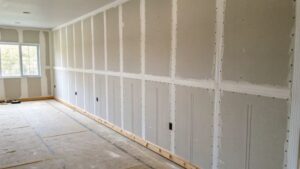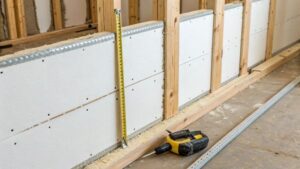PVC ceilings look easy to install and maintain. But their weaknesses can cause problems in certain spaces.
PVC false ceilings have poor heat resistance, can deform in high temperatures, have low impact strength, and may release harmful substances if quality is low.
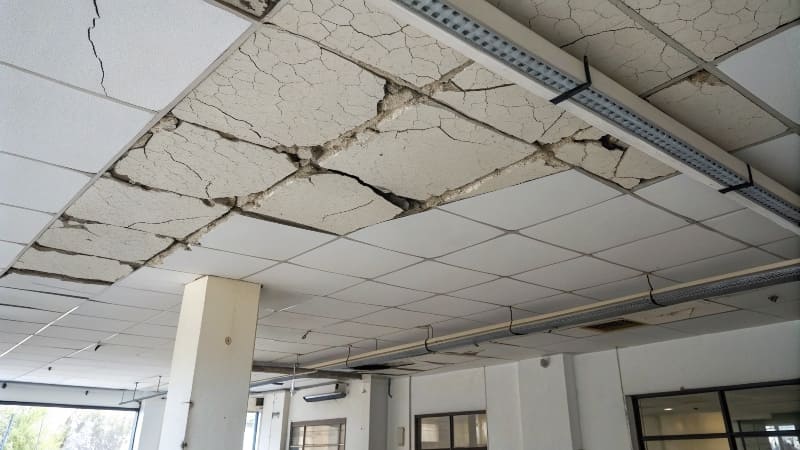
PVC’s plastic texture does not suit high-end interiors. In places with big temperature changes, it can warp or lose shape faster. Poor-quality PVC can also affect indoor air quality.
Which false ceiling is better, PVC or gypsum?
Many buyers struggle to choose between gypsum and PVC ceilings. Each works best in different conditions.
Gypsum ceilings are preferred for living spaces due to better sound insulation, design flexibility, and environmental safety. PVC ceilings are better for wet areas like bathrooms and kitchens.
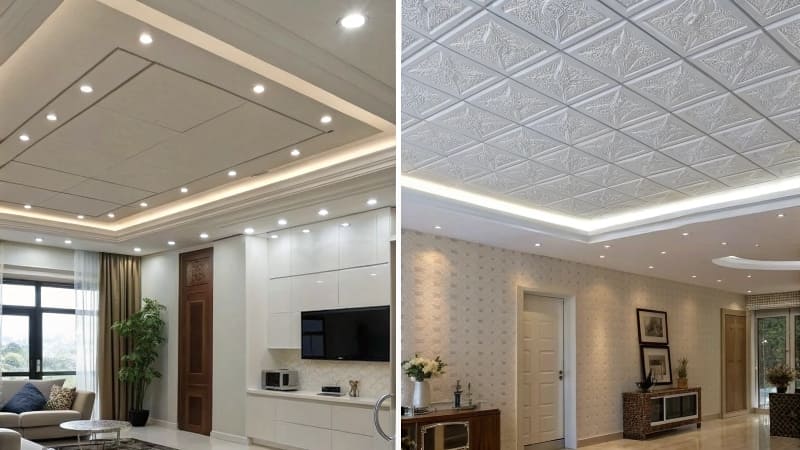
I have used both materials in different projects. Gypsum boards make rooms quieter and can be shaped in many designs. They offer a more refined finish and suit luxury spaces well. PVC ceilings, however, are more water-resistant, making them perfect for kitchens, laundry rooms, and bathrooms. Gypsum ceilings last longer overall, often 15–20 years, while PVC can last 8–15 years depending on conditions. For cost-effectiveness, I recommend mixing both—gypsum for dry zones, PVC for humid zones—leveraging each material’s strengths.
Is PVC false ceiling durable?
Durability means more than just surviving a few years—it’s about keeping form and beauty over time.
A good-quality PVC false ceiling is moderately durable, lasting about 8–15 years, depending on heat and moisture exposure.
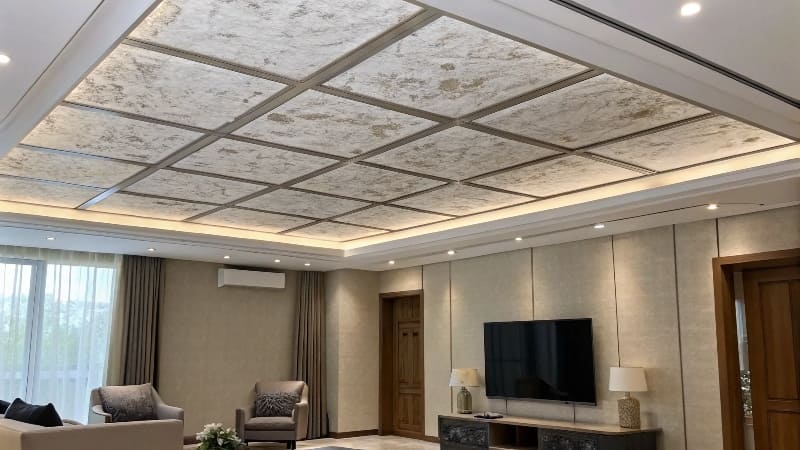
PVC ceilings handle moisture well but weaken under heat. In bathrooms or kitchens with good ventilation, they can last a decade or more without warping. In rooms with high temperature swings, such as sunrooms or near heat sources, lifespan can drop notably. Another factor is the PVC’s thickness and manufacturing quality—cheap thin panels crack faster. I always advise customers to choose verified, non-toxic, and thick PVC sheets for better durability, especially where occasional impact or cleaning is expected.
How long does a PVC ceiling last?
Many homeowners expect PVC ceilings to last as long as gypsum, but conditions change the outcome.
PVC ceilings typically last 8–15 years, with shorter lifespans in hot or poorly ventilated spaces.
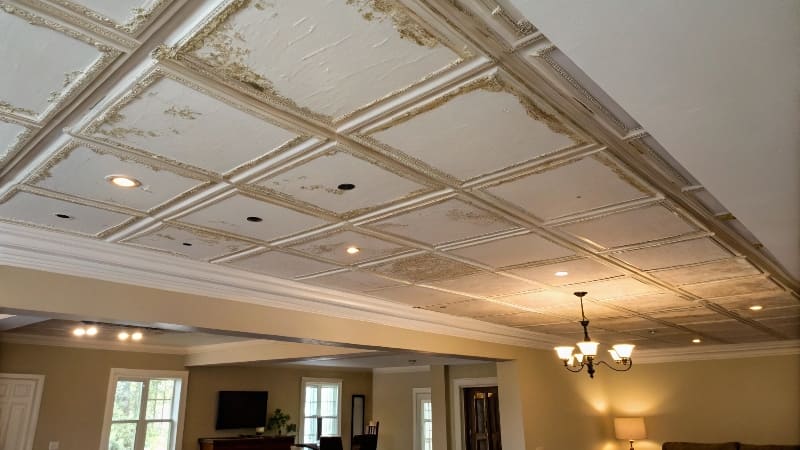
In my experience, the main factors that shorten PVC ceiling life are temperature changes and physical damage from cleaning or accidental hits. Bathrooms and kitchens often let PVC reach its full potential life span due to moisture resistance. However, direct sunlight or heat from cooking appliances can warp panels within a few years. If the installation is done by skilled workers, with proper sealing and support, they can keep shape and appearance much longer. Always balance the expected use period with the cost and reinstallation impact when choosing.
Conclusion
PVC ceilings resist moisture well but lose strength under heat. Gypsum lasts longer and suits living spaces, while PVC works best in humid functional areas.

